Do you ever find yourself making mistakes when using a pencil? Whether taking notes in class or drawing a sketch, it can be frustrating to start over simply because you made a small error.
But thanks to erasable pencil lead, you can easily correct your mistakes and continue working without interruption.
But have you ever wondered how erasable pencil lead works? What makes it different from traditional graphite?
In this article, we’ll take a closer look at the science behind erasable pencil lead and explore the chemical reactions that allow it to be erased. You’ll also learn about the advantages and disadvantages of using erasable pencils and other innovations in erasable writing tools.
So, let’s dive into the fascinating world of erasable pencil lead and discover the science behind this innovative invention.
Key Takeaways
- Erasable pencil lead is softer and more prone to breaking than traditional graphite but is formulated to be slightly harder and contains wax and polymers.
- Additives in erasable pencil lead break down PVC for erasing, but there is a trade-off between erasability and durability, and it may produce more waste than non-erasable options.
- Pencils made from sustainable materials are more eco-friendly than those made from a combination of plastic and graphite, and the environmental impact of writing tools should be considered.
- There are other types of erasable writing tools, such as erasable pens and digital pens, and there is potential for many more exciting future developments in erasable writing tools.
The Difference Between Traditional Graphite and Erasable Pencil Lead
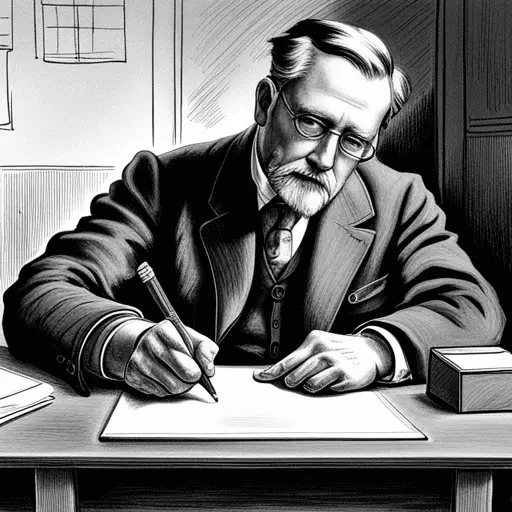
You’re probably wondering why erasable pencil lead differs from traditional graphite – well, let me tell you! The erasable pencil lead manufacturing process involves adding a specific wax to the traditional graphite mixture. The wax creates a film over the graphite, making it easier to erase without leaving marks or smudges on the paper.
The wax content in erasable pencil lead is higher than that of traditional graphite, which makes it softer and more prone to breaking. The demand for erasable pencil lead has grown exponentially over the years, especially in schools and offices. People want a convenient option that allows them to make mistakes and correct them without having to start over or waste paper.
The market demand for erasable pencil lead has also led to the development of different types of erasers that work specifically with this type of lead. Now that you understand the difference between traditional graphite and erasable pencil lead let’s take a closer look at the composition of erasable pencil lead.
The Composition of Erasable Pencil Lead
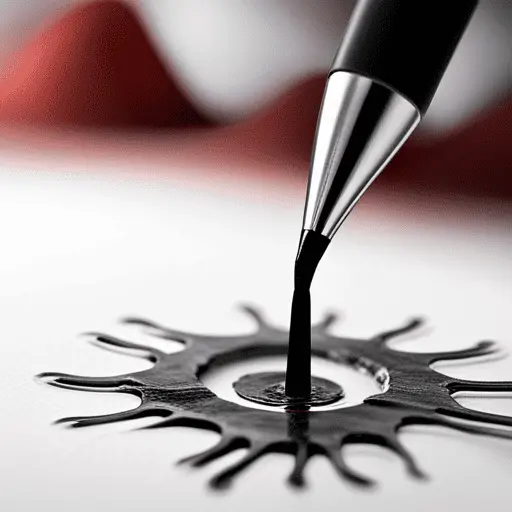
Hey, did you know that the material used in some types of erasable pencil cores is designed to be easily removed from paper without leaving a residue? This is possible because erasable pencil lead is manufactured differently from traditional graphite pencils.
Here are some of the lead components and manufacturing process that make erasable pencil lead unique:
- Erasable pencil lead contains a mixture of graphite and polymers, which can be easily molded and manipulated.
- The lead is compressed and baked at a lower temperature than traditional graphite pencils, which makes it less dense and more prone to smudging.
- To make the lead erasable, a small amount of wax or oil is added to the mixture, which creates a barrier between the lead and the paper. This barrier removes the lead more easily without damaging the paper.
- Erasable pencil lead is also formulated to be slightly harder than traditional graphite pencils, which makes it less prone to breaking when being erased.
- The manufacturing process for erasable pencil lead is more expensive and time-consuming than for traditional graphite pencils, which is why erasable pencils tend to be more expensive.
Understanding the composition and manufacturing process of erasable pencil lead can help you appreciate the science behind this innovative product.
In the next section, we’ll explore the chemical reactions that allow for erasing, giving you more insight into how erasable pencils work.
Chemical Reactions That Allow for Erasing
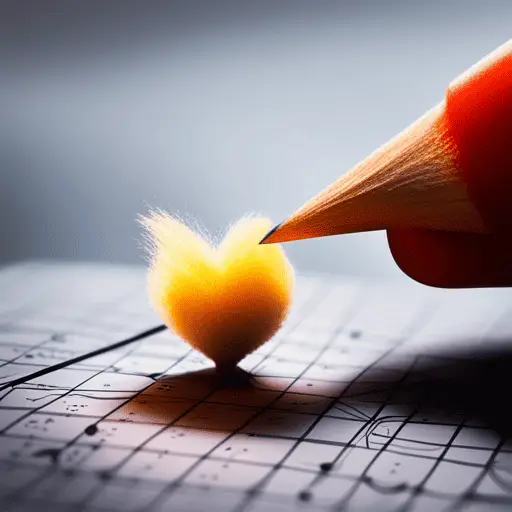
In this subtopic, you’ll learn about the chemical reactions that allow for erasing.
Specifically, you’ll explore how additives break down the PVC in erasable pencil lead. You’ll also learn why friction plays an important role in erasing.
By understanding these key points, you’ll have a deeper understanding of how erasable pencil lead works. You’ll also understand why it’s different from traditional pencil lead.
How Additives Break Down the PVC
When additives break down the PVC in erasable pencil lead, the resulting material can be easily removed with an eraser. The additives are responsible for this unique feature, which allows users to make mistakes and correct them without having to start over. The PVC in traditional pencil lead is a thermoplastic polymer that cannot be easily broken down, making it impossible to erase. However, when certain additives are introduced, they react with the PVC and break into smaller molecules that can be removed with friction.
To understand how additives break down PVC, it’s important to look at the chemical composition of both materials. The PVC in erasable pencil lead comprises long-chain molecules with strong covalent bonds. Additives such as plasticizers are introduced to the PVC to weaken these bonds and make the material more flexible. When an eraser is applied to the surface of the lead, the friction breaks down the weakened bonds and separates the PVC molecules, allowing them to be easily removed.
As you can see, the science behind erasable pencil lead is fascinating. The next step in understanding this process is to look at the importance of friction in removing the broken-down PVC molecules.
The Importance of Friction
By applying pressure and rubbing the eraser over the lead, you activate the power of friction. The frictional properties of the eraser against the lead are crucial in breaking apart the PVC molecules and removing the marks on the paper.
This process is a testament to the importance of persistence in correcting mistakes. Without the friction provided by the eraser, the lead would remain unchanged, and the marks on the paper would be permanent.
It’s essential to note that friction isn’t the only factor affecting the erasability of pencil lead. The effects of temperature can also play a significant role in the ease of erasing. Higher temperatures can cause the PVC molecules to soften, making them more susceptible to breaking apart with friction. In contrast, lower temperatures can make the PVC molecules harder and less responsive to erasing.
Understanding these properties can help you select the best erasable pencil for your needs.
Moving on to the advantages and disadvantages of erasable pencils, there are several factors to consider.
Advantages and Disadvantages of Erasable Pencils
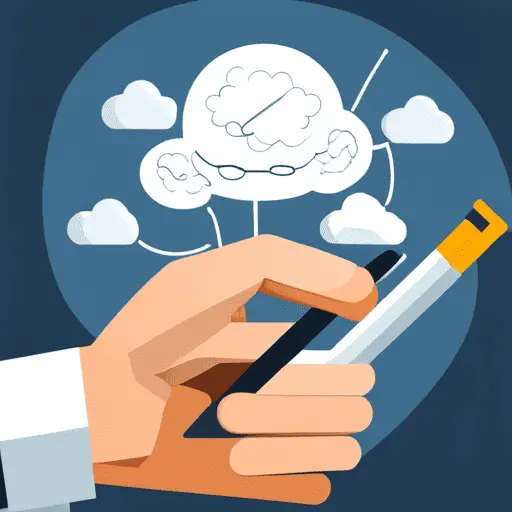
When it comes to erasable pencils, you may wonder about the advantages and disadvantages of using them. One key consideration is the balance between erasability and durability. While erasable pencils allow for easy correction, they may also be less durable than traditional pencils.
Another factor to consider is the environmental impact of using erasable pencils, which may produce more waste than non-erasable options.
Overall, it is important to weigh the pros and cons of erasable pencils before deciding whether or not to use them.
Erasability vs Durability
The battle between erasability and durability is like a tug-of-war, with each feature pulling in opposite directions. Erasable pencils have become increasingly popular due to market demand for a writing instrument that allows for easy correction of mistakes. Erasability techniques such as polymerization and the use of rubber materials have made it possible for pencil lead to be erased cleanly without smudging or damaging paper. However, erasability comes at a cost of durability, as the lead is softer and more prone to breakage.
To illustrate this, consider the table below which compares erasable and non-erasable pencils in terms of erasability and durability. Erasable pencils have a higher erasability rate, but a lower durability rate compared to non-erasable pencils. This trade-off between erasability and durability highlights the need for careful consideration of the intended use of the pencil. For instance, if you use a pencil for rough sketches or taking notes, an erasable pencil may best fit your needs. However, if you are using a pencil for detailed drawings or writing that requires durability, a non-erasable pencil may be the better choice.
In conclusion, the decision between an erasable or non-erasable pencil ultimately depends on the user’s specific needs and preferences. While erasability may be a desirable feature for some, it comes at a cost of durability. Next, we’ll explore the environmental impact of pencil production and disposal.
Environmental Impact
You might not realize your pencil usage’s impact on the environment, but it’s important to consider. Erasable pencils may seem like a better option than traditional pencils, but they still have environmental consequences.
Here are a few things to keep in mind:
– Recycling options: Erasable pencils can be recycled, but it’s important to make sure they are separated from other materials. Check with your local recycling center to see if they accept erasable pencils and if there are any specific instructions for recycling them.
– Biodegradability: Erasable pencils are not biodegradable, which means they will not break down naturally in the environment. This is because they are made from a combination of materials, including plastic and graphite. If you’re looking for a more eco-friendly option, consider using a pencil made from sustainable materials, such as recycled paper or wood.
It’s important to be aware of the environmental impact of the products we use, including erasable pencils. While they may seem like a convenient option, there are other factors to consider. As we continue to look for innovative solutions, let’s keep in mind the impact we have on the world around us.
Moving on to other innovations in erasable writing tools, there are some exciting developments that are worth exploring.
Other Innovations in Erasable Writing Tools
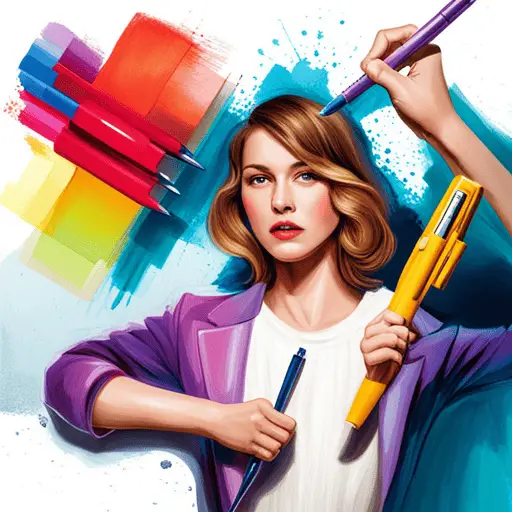
Hey there! Did you know that besides erasable pencil lead, there are other cool innovations in writing tools that allow you to easily fix mistakes?
One of these is the erasable pen, which uses special ink that friction can remove. This means that you can write something down, and if you make a mistake, simply rub the end of the pen over the error to make it disappear.
This innovation has been around for a while, but it’s still a great option if you prefer using a pen over a pencil.
Another innovation in erasable writing tools is the digital pen. These pens allow you to write on special paper that records your writing digitally. If you make a mistake, you can simply erase it using a special eraser, and the digital file will automatically update to reflect the changes.
This is a great option if you want to keep a digital record of your writing, or if you want to be able to easily share your work with others.
These innovations are just the beginning of what’s possible in the world of erasable writing tools, and there will be many more exciting developments in the future.
Frequently Asked Questions
Conclusion
So, there you have it! You now understand the science behind erasable pencil lead.
You know that the composition of erasable pencil lead differs from traditional graphite, and that it allows for chemical reactions that make erasing possible.
Overall, erasable pencils have their advantages and disadvantages, but they’re a great innovation in writing tools.
As the adage goes, “To err is human, to forgive divine.” Erasable pencils are a reminder that we all make mistakes, but we have the ability to correct them.
So, next time you make a mistake while writing, don’t fret – just grab your trusty erasable pencil and keep going.
